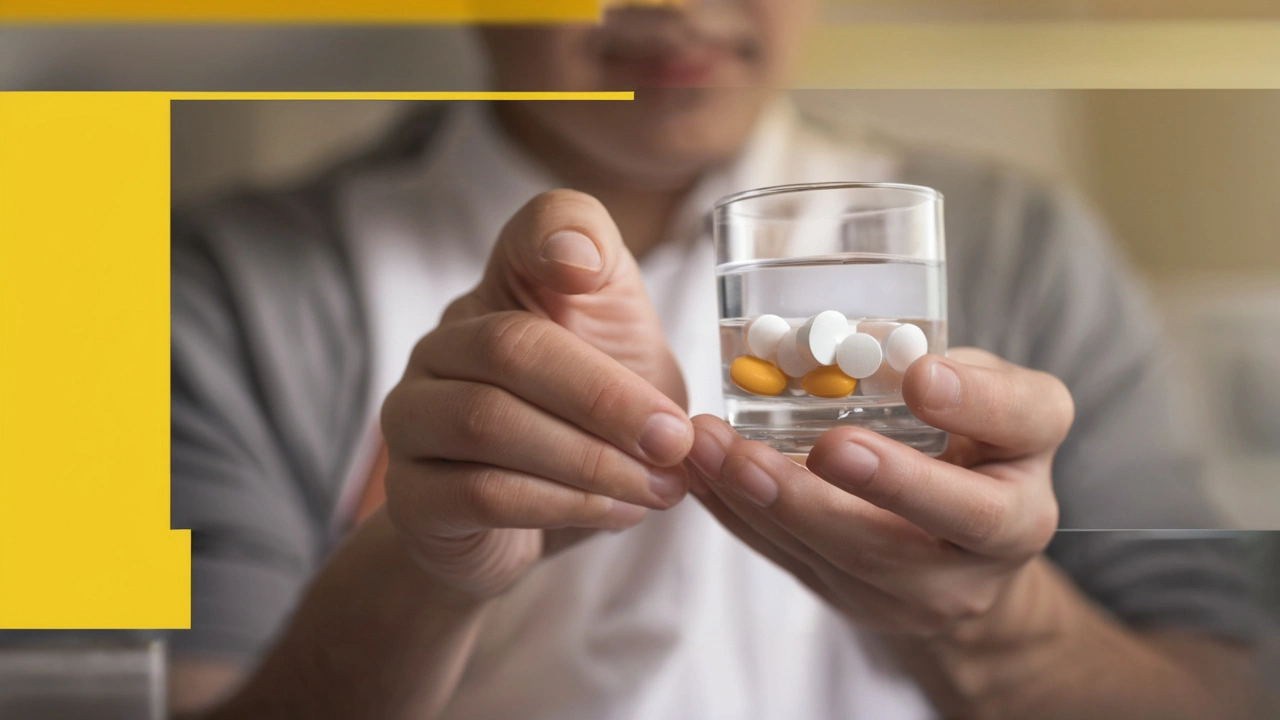Clomid PCT Guide: How It Works, Dosage, and Nolvadex Comparison
If you just finished a cycle that suppressed natural testosterone, Clomid (clomiphene) is a common choice to help recovery. This article summarizes our full guide published in July 2024 and gives practical tips on how Clomid works, typical dosing, benefits, and how it stacks up against Nolvadex.
Clomid is a selective estrogen receptor modulator (SERM). It blocks estrogen receptors in the brain, tricking the body into raising luteinizing hormone (LH) and follicle stimulating hormone (FSH). That signals the testes to restart testosterone production. People use Clomid after anabolic cycles to speed recovery and reduce the time of low testosterone symptoms like low energy and low libido.
Practical dosing and timing
For post-cycle therapy, common protocols start with 50 mg of Clomid twice daily for one to two weeks, then 50 mg once daily for two to four weeks. Another approach uses 100 mg daily for the first week followed by 50 mg daily for three weeks. These are typical ranges seen in clinical and bodybuilding settings, but individual needs vary. Begin PCT when exogenous steroids are out of your system—timing depends on the half-life of what you used. For short esters, start earlier; for long esters, wait longer.
Monitor symptoms and consider blood tests at baseline and four to six weeks after finishing PCT. Check total testosterone, free testosterone, LH, FSH, and estradiol. If levels are not recovering, consult a healthcare professional for further evaluation rather than increasing Clomid on your own.
Clomid vs Nolvadex: key differences
Both Clomid and Nolvadex (tamoxifen) are SERMs used for PCT, but they act slightly differently. Nolvadex binds estrogen receptors in breast tissue and has a reliable track record for preventing gynecomastia. Clomid tends to be stronger at stimulating LH and FSH, which may make it more effective for boosting testosterone recovery. Side effects differ: Clomid can cause mood swings, visual disturbances, and hot flashes in some users. Nolvadex more commonly affects cholesterol and may carry a different side effect profile.
Combination PCT protocols use both drugs to get benefits of each while potentially lowering doses. That can work well, but it raises the risk of side effects and requires careful monitoring. If you have preexisting health issues, especially liver or cardiovascular conditions, talk to a doctor before using any SERM.
Expect to feel gradual improvements: energy and libido often begin to recover within two to four weeks, while full hormonal balance can take three months or more. Don't assume normal mood or gym performance equals full hormonal recovery—labs tell the story. Avoid alcohol and recreational drugs during recovery because they can blunt progress. Consider adding zinc, vitamin D, and a quality multivitamin if tests show deficiencies. Keep a symptom diary and bring it to your follow-up so your clinician can see trends. Regularly.

Comprehensive Guide to Clomid PCT: How It Works, Dosage, and Comparison with Nolvadex
Jul 29 2024 / HealthLearn all about Clomid PCT, including its mechanism, proper dosage, and a detailed comparison with Nolvadex. Discover how Clomid functions as a SERM, its role in testosterone recovery, and the advantages and side effects relative to Nolvadex.
VIEW MORE